Entry Type: Place - Starting with S
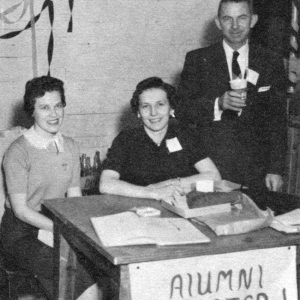 Southside School Homecoming
Southside School Homecoming
 Southside Vet Clinic
Southside Vet Clinic
Southwest Arkansas Regional Archives (SARA)
Southwest Trail
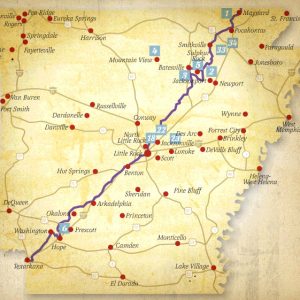 Southwest Trail
Southwest Trail
 Southwest Trail
Southwest Trail
 Southwestern Telegraph and Telephone Company
Southwestern Telegraph and Telephone Company
Spadra (Johnson County)
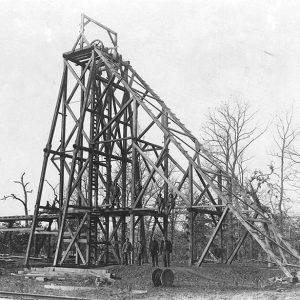 Spadra Mine
Spadra Mine
Sparkman (Dallas County)
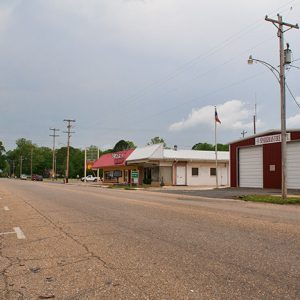 Sparkman
Sparkman
 Sparks Regional Medical Center
Sparks Regional Medical Center
 Sperindio Hotel
Sperindio Hotel
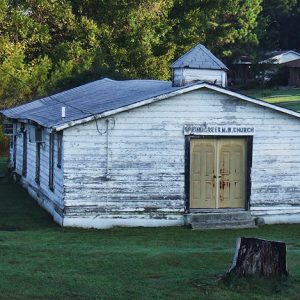 Spring Creek Missionary Baptist
Spring Creek Missionary Baptist
Spring Hill (Hempstead County)
 Spring Lake
Spring Lake
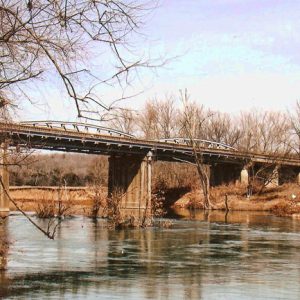 Spring River
Spring River
Springdale (Washington and Benton Counties)
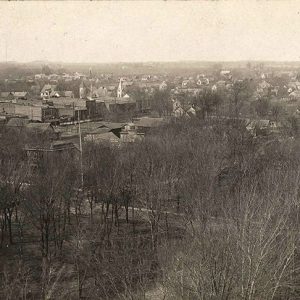 Springdale City Scene
Springdale City Scene
Springdale College
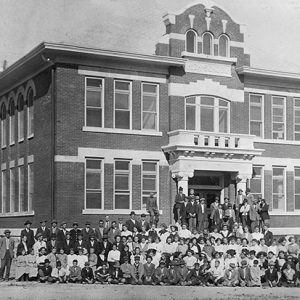 Springdale High School
Springdale High School
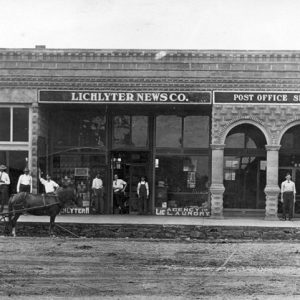 Springdale Newspaper and Post Office
Springdale Newspaper and Post Office
 Springdale Poultry Industry Historic District
Springdale Poultry Industry Historic District
Springdale Poultry Industry Historic District
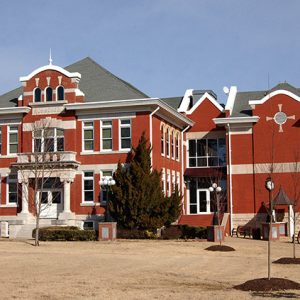 Springdale Public School District Administration Building
Springdale Public School District Administration Building
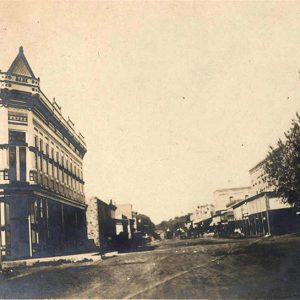 Springdale Street Scene
Springdale Street Scene
 Springdale Street Scene
Springdale Street Scene
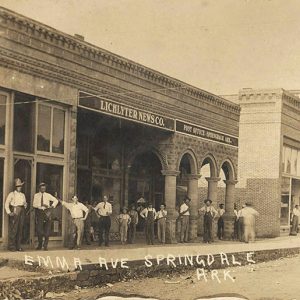 Springdale Street Scene
Springdale Street Scene
Springfield (Conway County)
 Springfield Cemetery
Springfield Cemetery
Springfield Male and Female Collegiate Institute
aka: Springfield College
 Springfield to Fayetteville Road
Springfield to Fayetteville Road
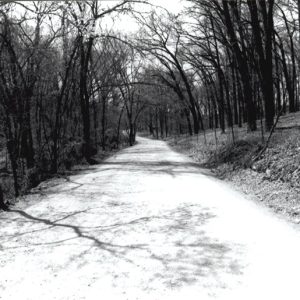 Springfield to Fayetteville Road—Cross Hollow
Springfield to Fayetteville Road—Cross Hollow
Springtown (Benton County)
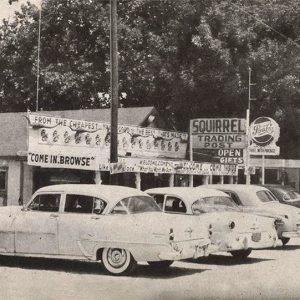 The Squirrel
The Squirrel
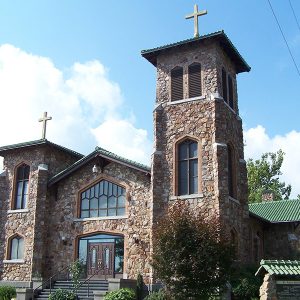 St. Agnes Catholic Church
St. Agnes Catholic Church
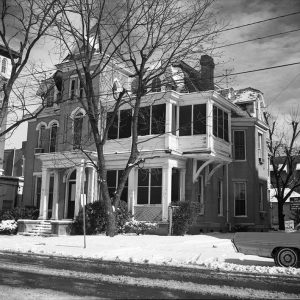 St. Andrew Rectory
St. Andrew Rectory
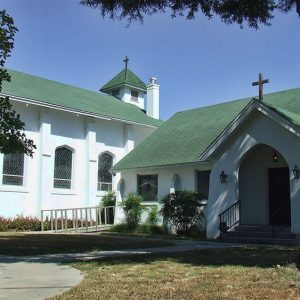 St. Andrew’s Episcopal Church
St. Andrew’s Episcopal Church
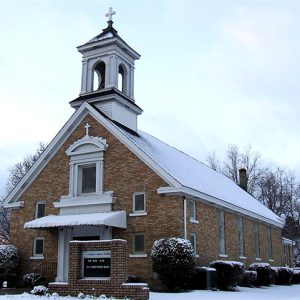 St. Anthony Catholic
St. Anthony Catholic
St. Anthony’s Hospital
aka: CHI St. Vincent Morrilton
St. Bernards Healthcare
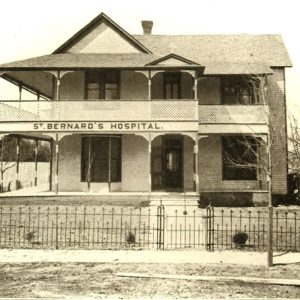 St. Bernards Medical Center
St. Bernards Medical Center
 St. Bernards Medical Center
St. Bernards Medical Center
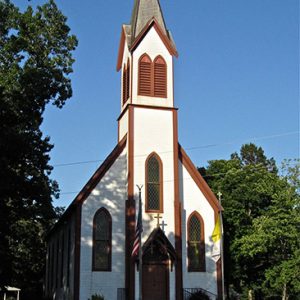 St. Boniface
St. Boniface
 St. Boniface Church
St. Boniface Church
 St. Boniface Church
St. Boniface Church
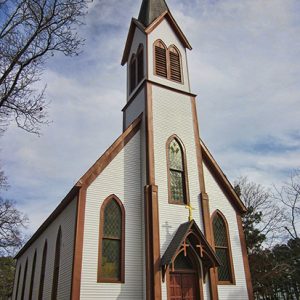 St. Boniface Church
St. Boniface Church




